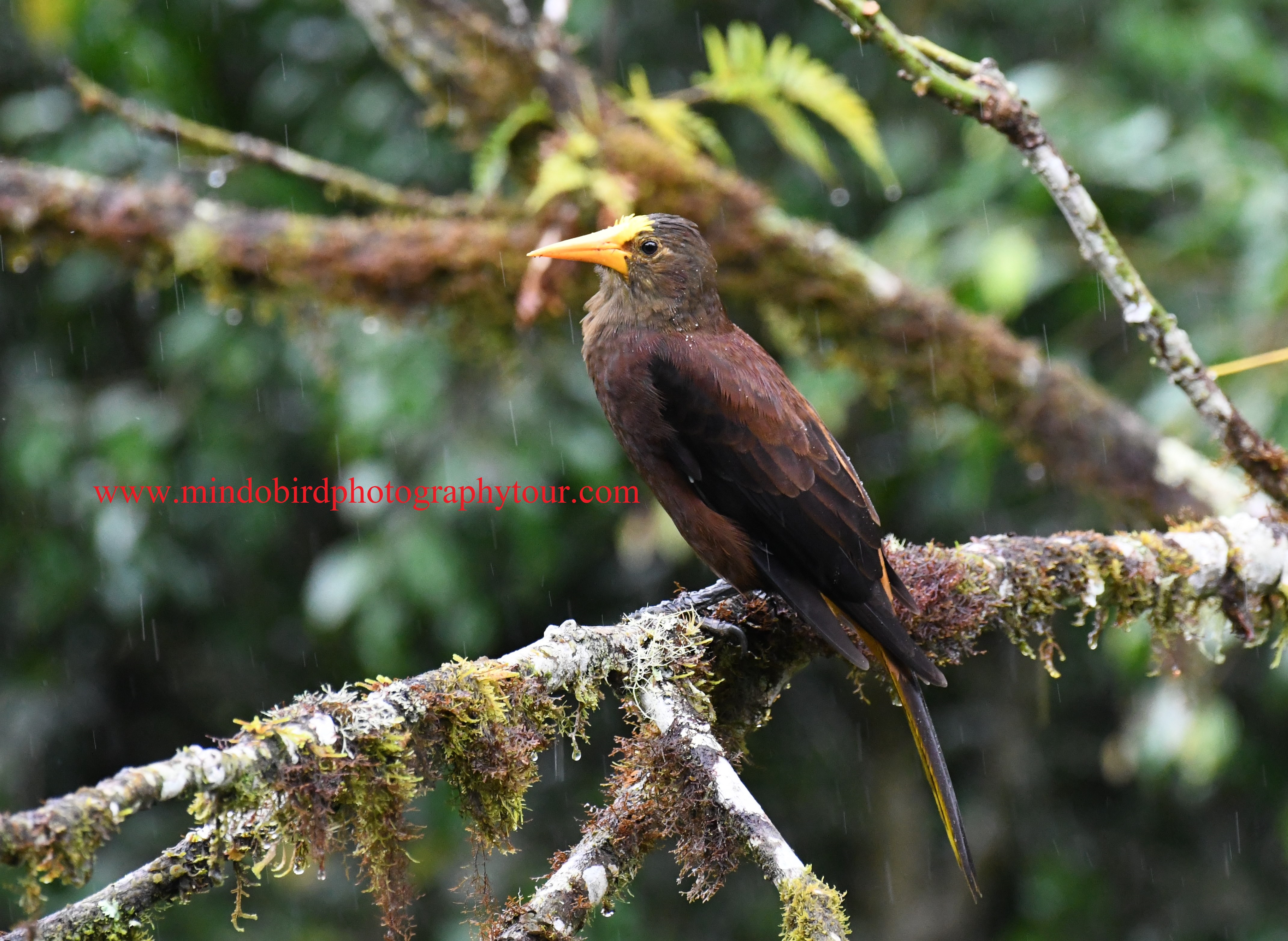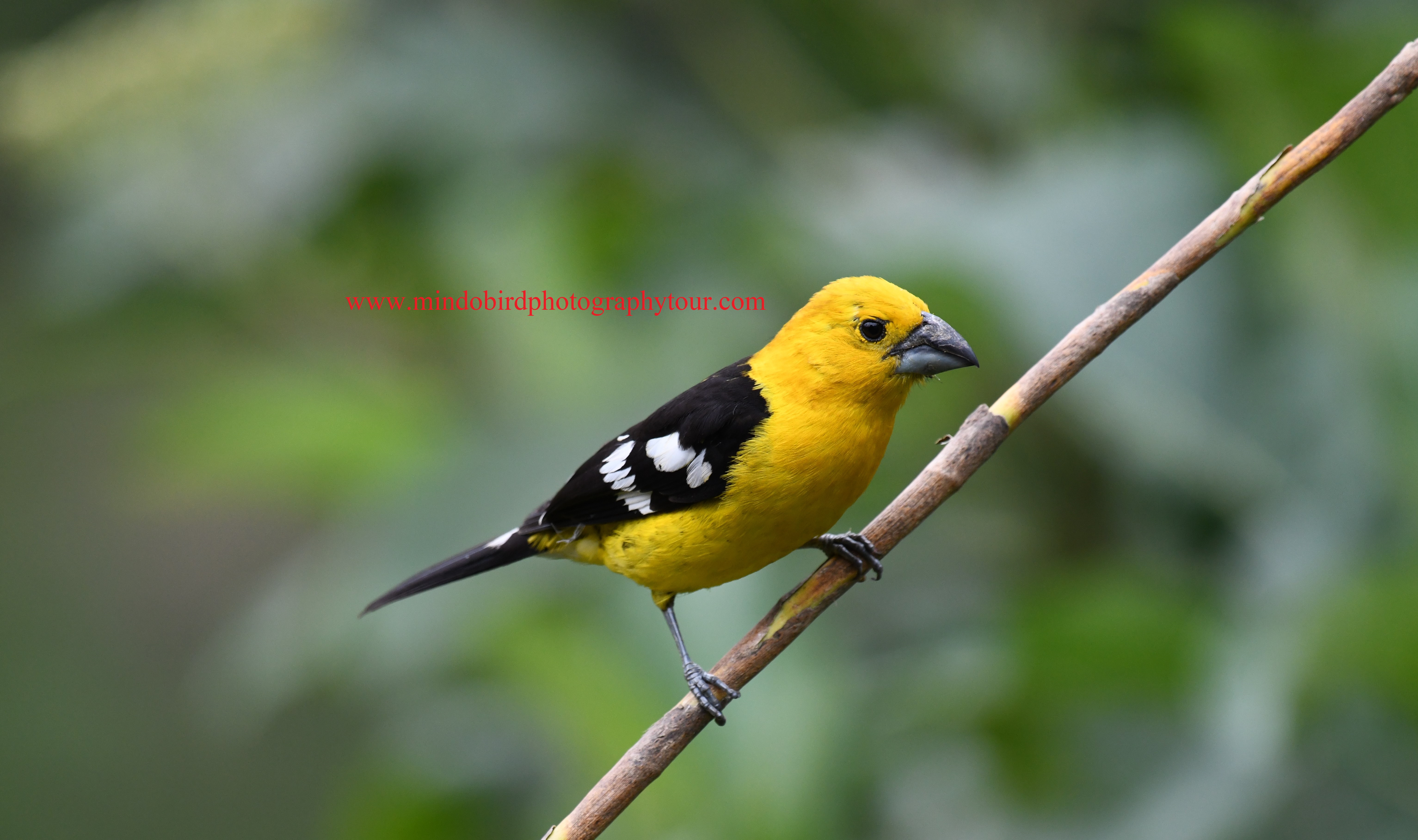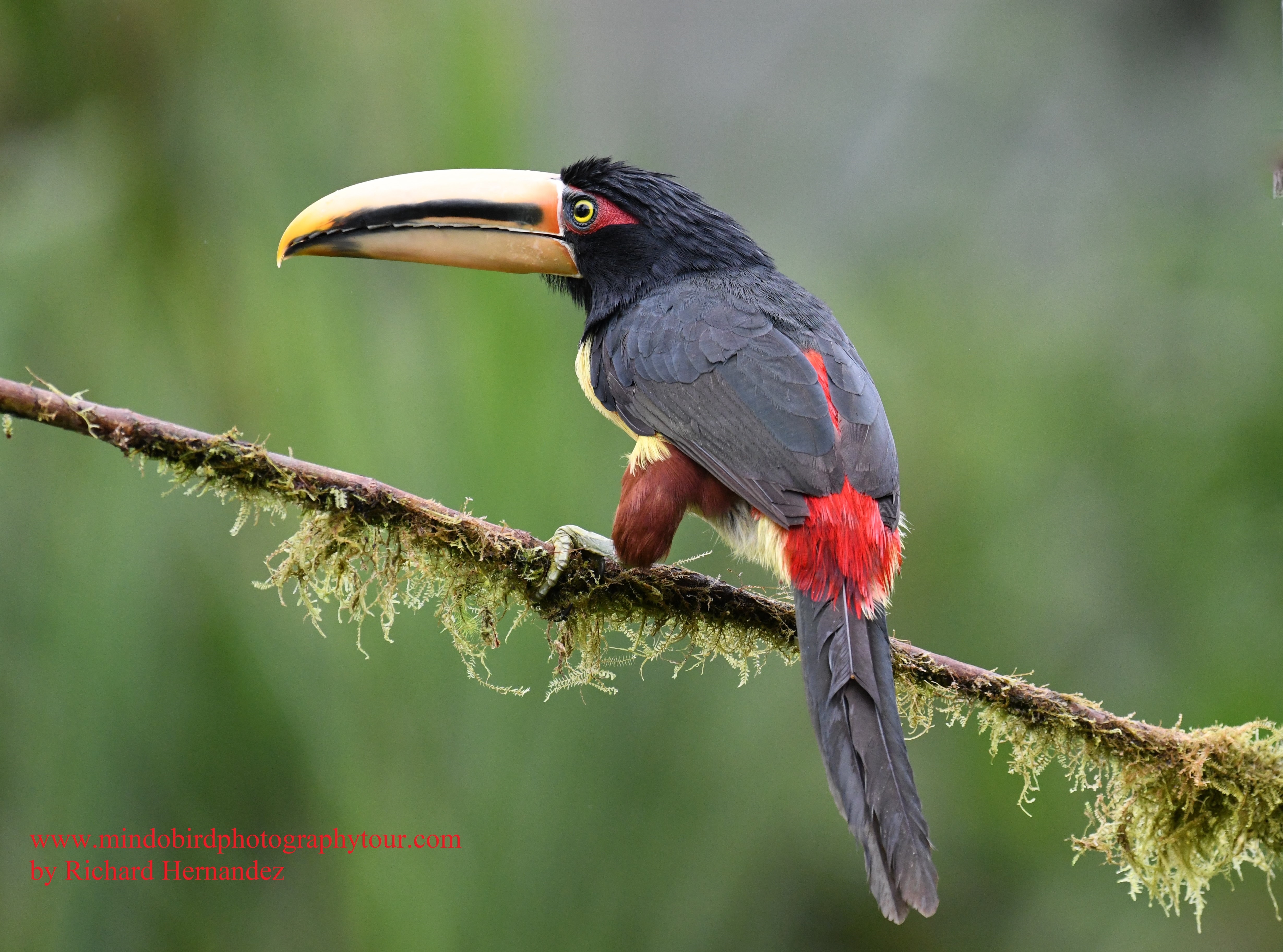Birds of Mindo
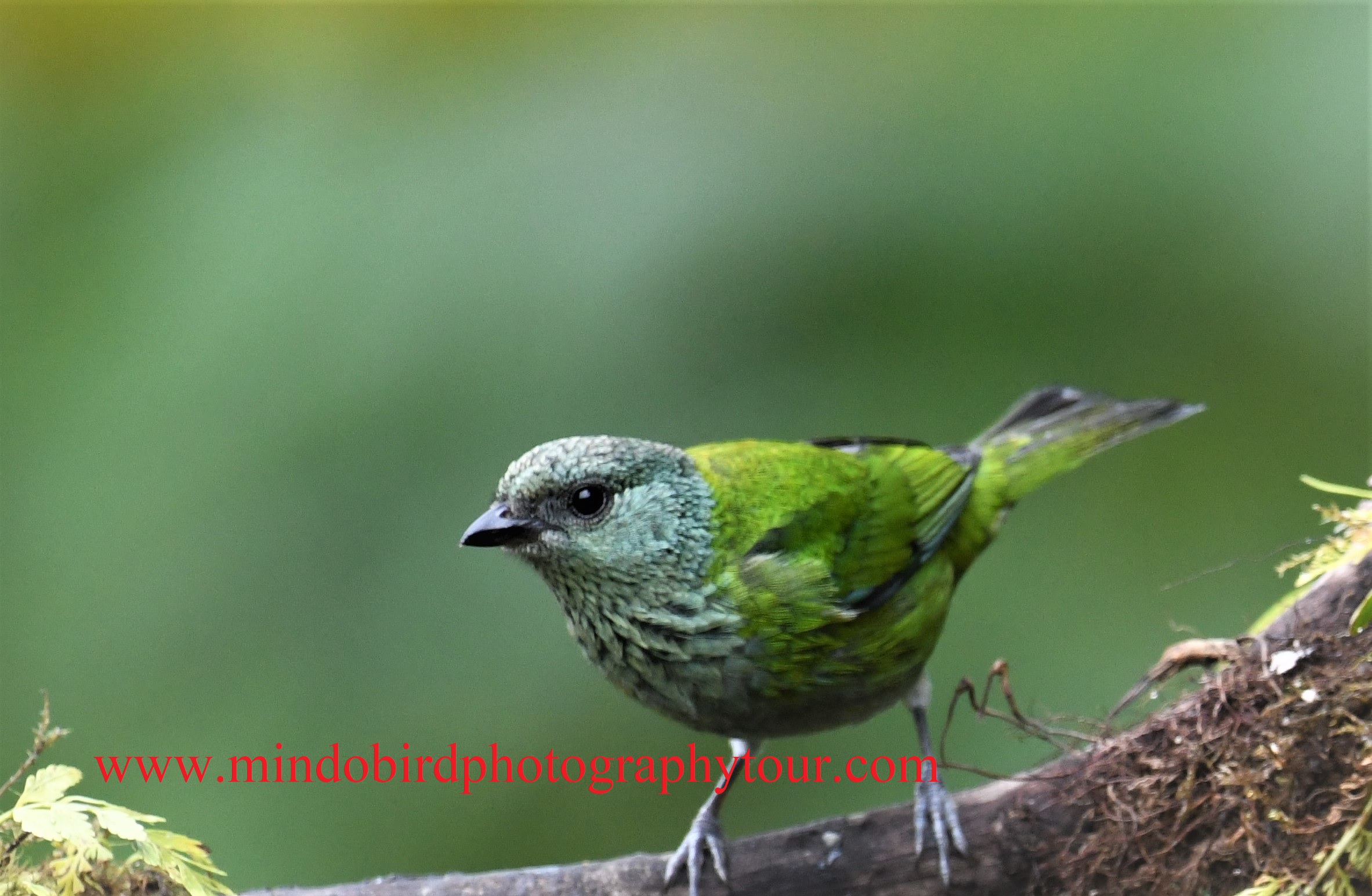
Black capped tanager
Stilpnia heine lives in the area of Venezuela, Colombia and Ecuador. This specie is considered quite common in its natural habitats: the edges of humid montane forests and adjacent clearings, between 1100 and 2200 m altitude. Is one of the many species of Neotropical bird.
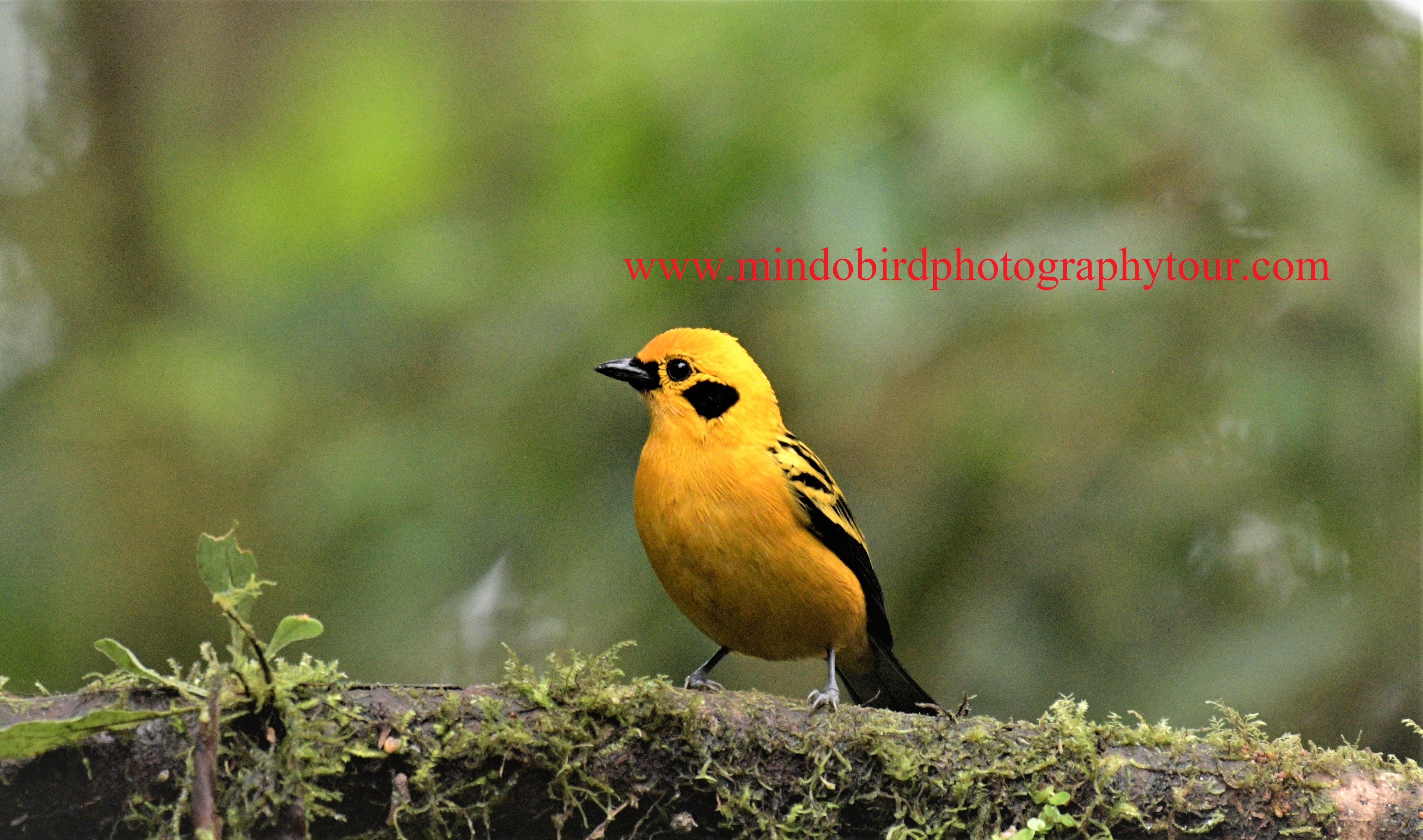
Golden tanager
Tangara arthus. Its diet consists of insects that it looks for on tree branches and fruits, mainly berries and melastomaceae. The female generic name Tangara derives from the word in the Tupi language "tangará", which means "dancer" and was originally used to designate a variety of brightly colored birds.
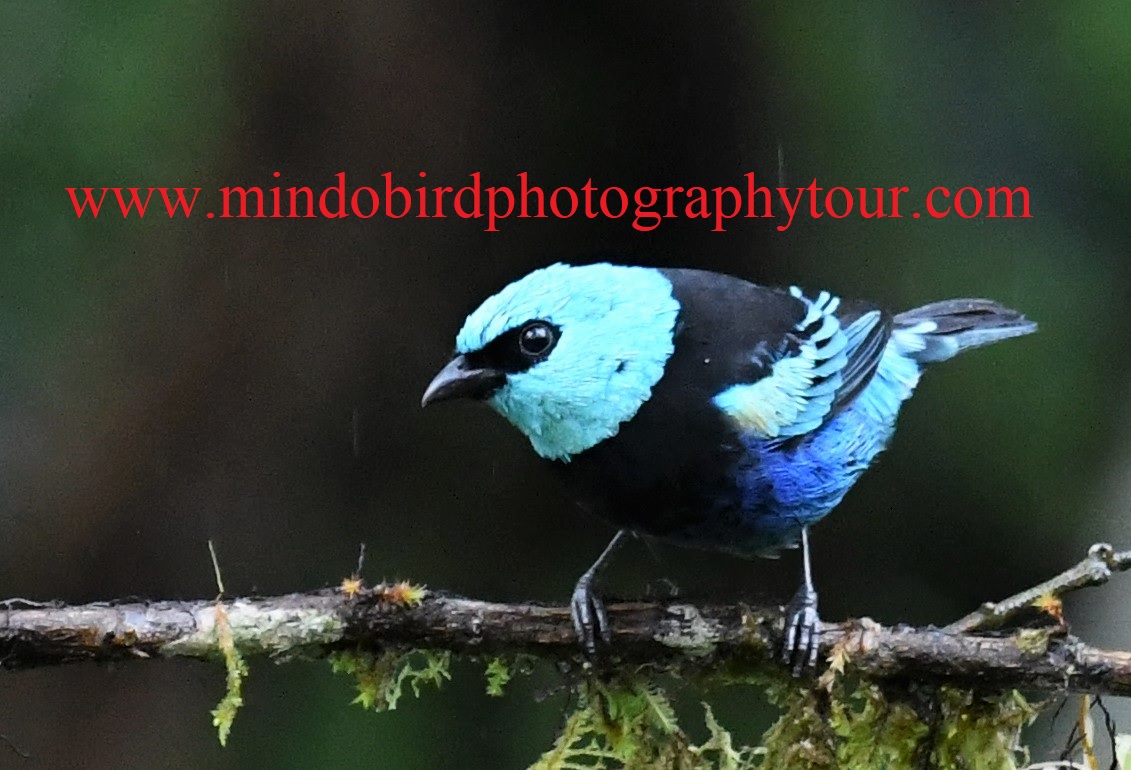
Blue necked tanager
Stilpnia cyanicollis. It is found in South America from Colombia to Bolivia. Its natural habitats are subtropical or tropical moist lowland forest, subtropical or tropical moist montane forest, and heavily degraded former forest. Wikipedia.org

Rufous tailed hummingbird
Amazilia tzacatl. The female Rufous-tailed Amazilian Hummingbird is entirely responsible for nest building and incubation. The female lays two white eggs in a compact nest built of plant fibers and dead leaves at a height of 1.6 meters on a thin horizontal branch. Incubation takes 15 to 19 days, and it will take another 20 to 26 days for the feathers to emerge that will cover it.
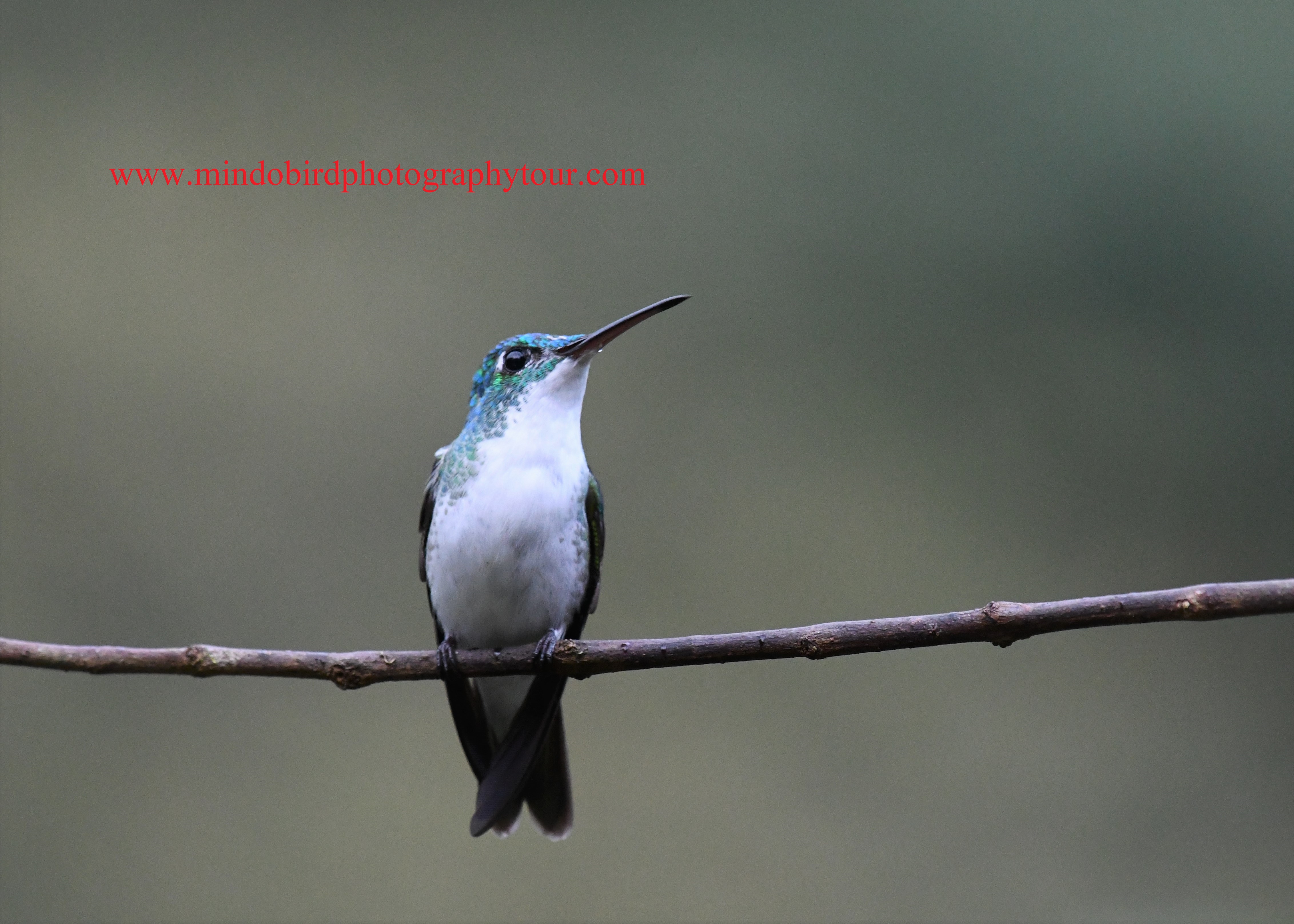
Andean emerald
Uranomitra franciae. It is a species of hummingbird found in the Andes mountain range of Colombia, western Ecuador and northern Peru. It lives on the edges of humid forests and in wooded clearings, between 1,000 and 2,000 m altitude. The back is bright green and the crown is bluish-violet in males and green in females.
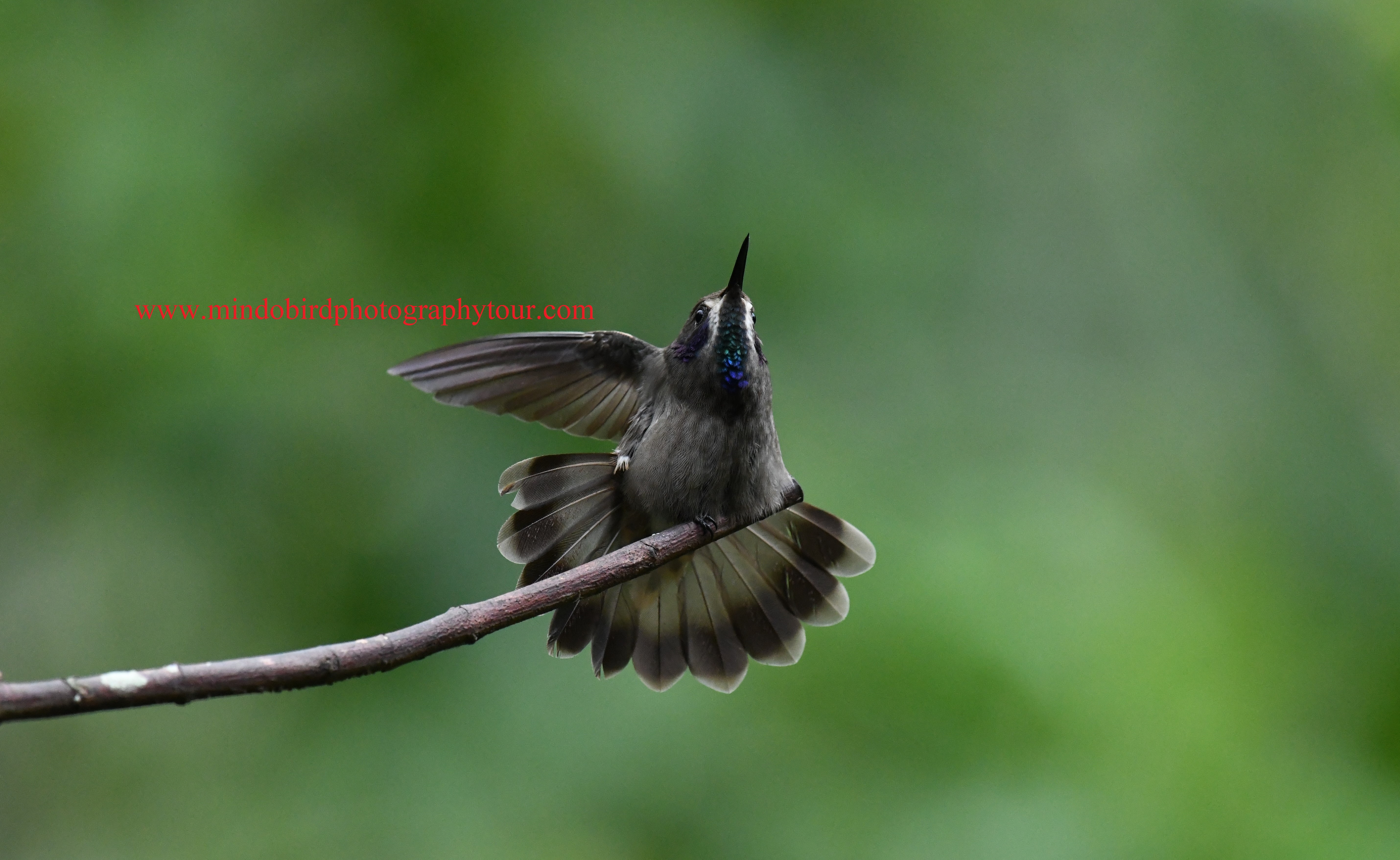
Brown violetear
Colibri delphinae. The breeding habitat is forest at altitudes between 400 and 1600 m, but the brown Violet-ear will spread widely into the lowlands when not nesting. It is replaced at higher altitudes by its relative, the lesser violetear (C. cyanotus), but their ranges overlap widely. Wikipedia.org
Ornithophiles
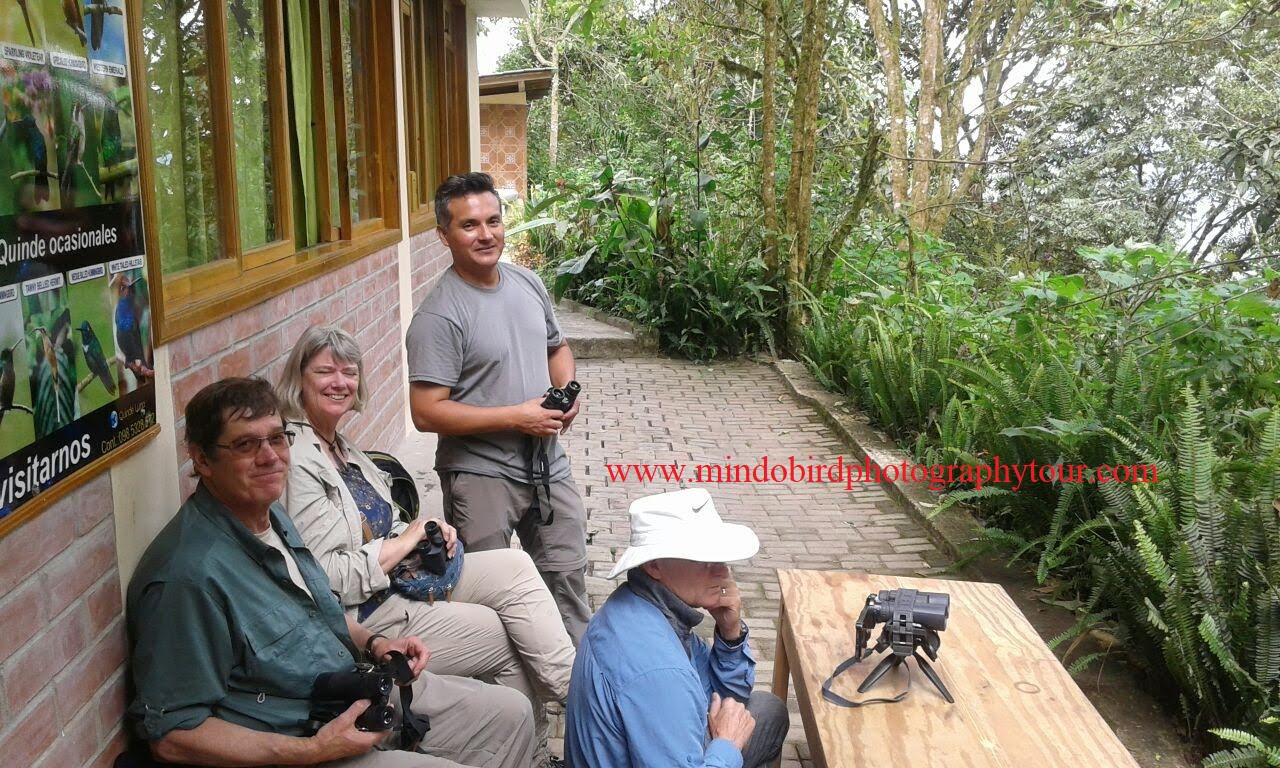
Birders
Binoculars
This hobby is more developed as leisure. It is the art of recognizing different species of birds by their taxonomy with criteria such as their plumage or song, among other factors. Many simply create lists showing the number of birds that flock to a particular area while others keep a list of all the species they have ever seen.
Which kind of binoculars, the 8x42 or 10x42 ?
If you have steady hands, or do the kind of birding that requires long-distance viewing (e.g., hawk watching, sea watching), then 10x might be best for you. 8x is a nice compromise! Many binocular manufacturers have settled on 8x as the standard for general birding. According with Audubon.org.

Photographers
Cameras
Bird photography is a very valuable resource to illustrate our observations. Bird feeders are a useful way to attract photography subjects. Nowadays the possibility of taking photos of birds and fauna has become much more accessible due to incredible technological advances. To capture animals in motion, it is optimal to increase the shutter speed to freeze the moment.
A good camera should have a high number of pixels and be a full frame are the first recommendations for bird photography. Maybe also say that the fps (frames per second) be high up to 30fps, however some 9fps cameras, if configured it well, work very well.
DSLR or Mirrorless camera ?
Both DSLR and mirrorless cameras are great for bird photography. (They're both definitely better than any superzoom camera since interchangeable lenses and fast focusing are critical for serious bird photography.) It's really all about finding a camera that fits your requirements and shooting style. According with Conservation Visuals.com.
